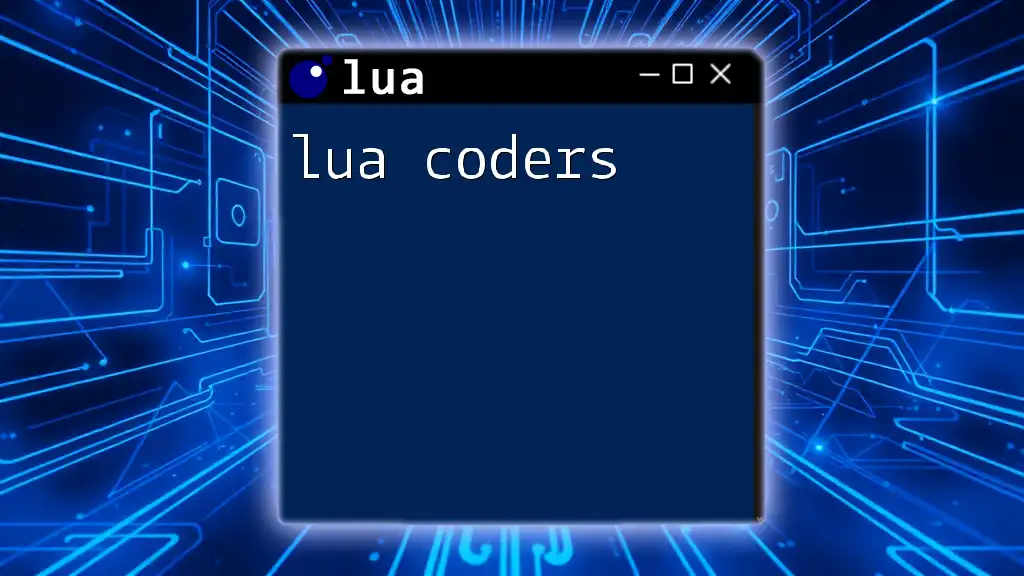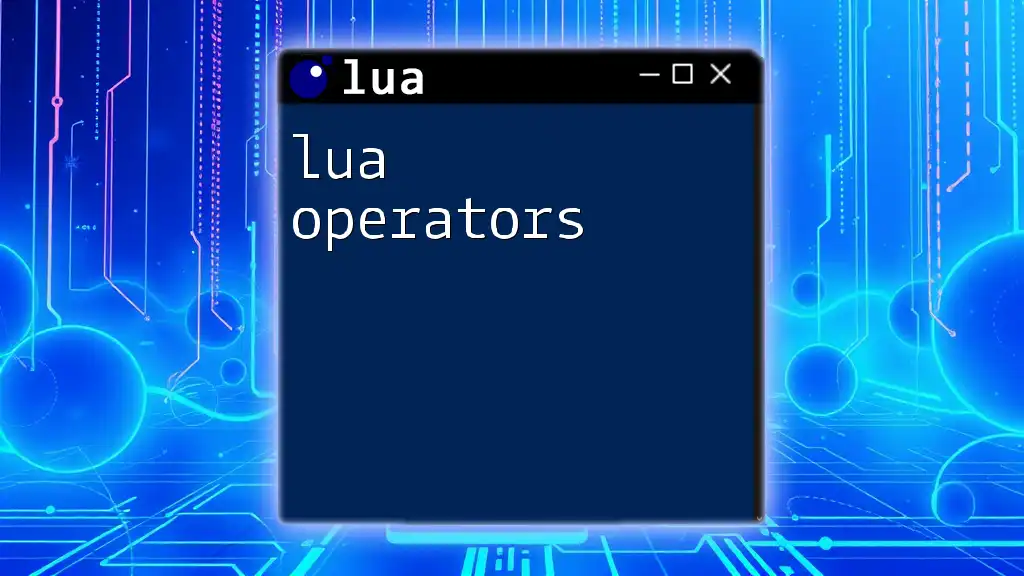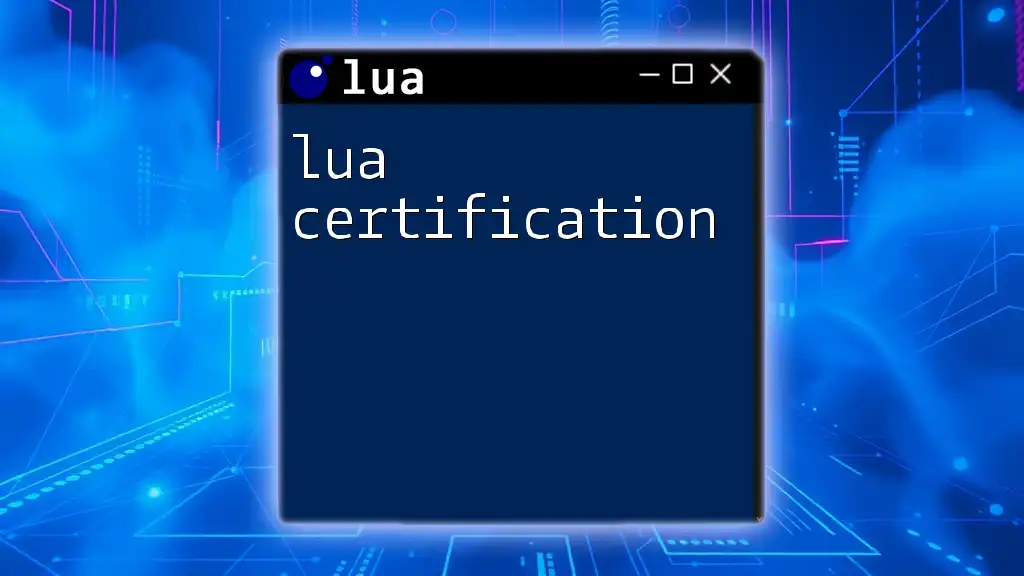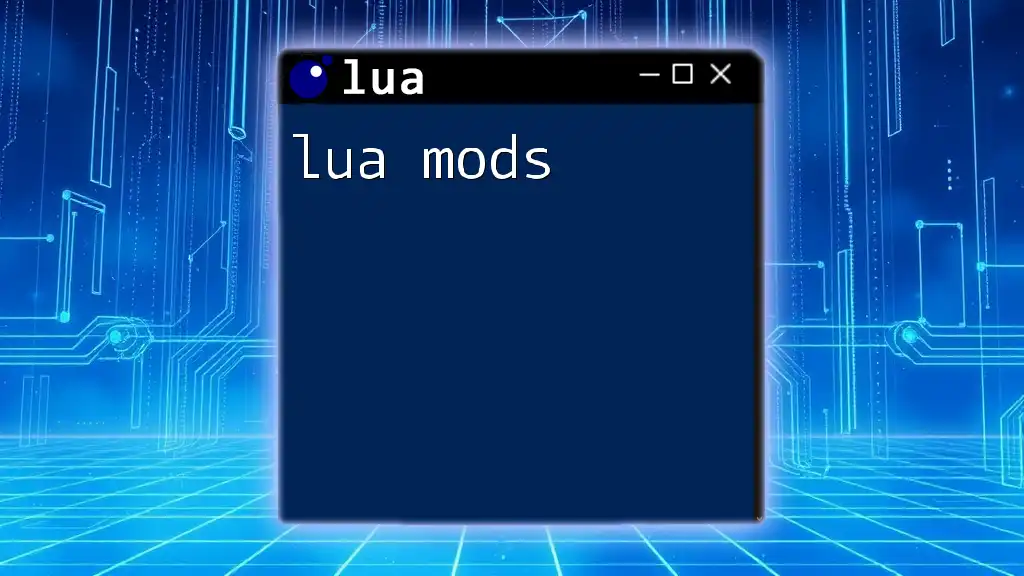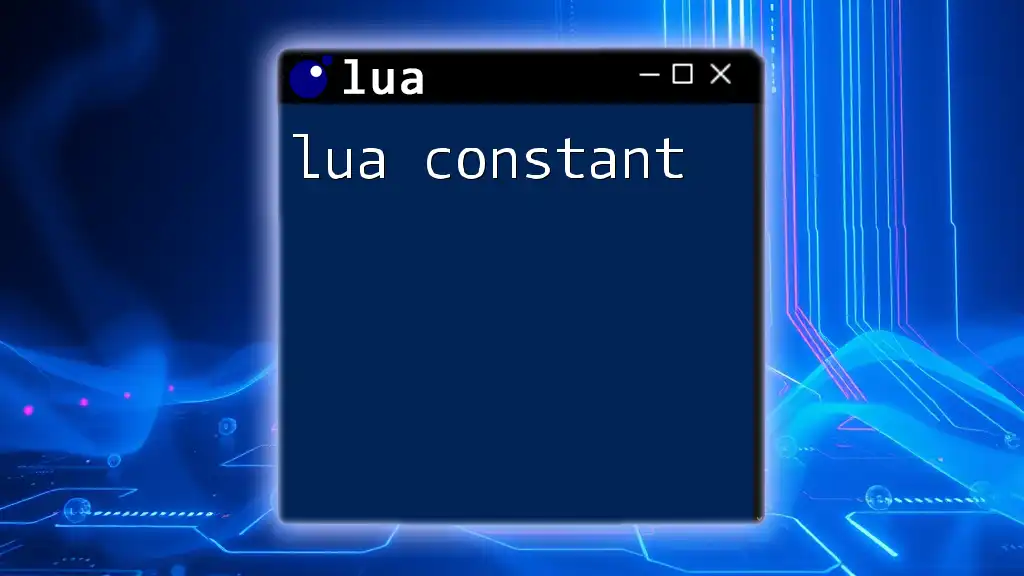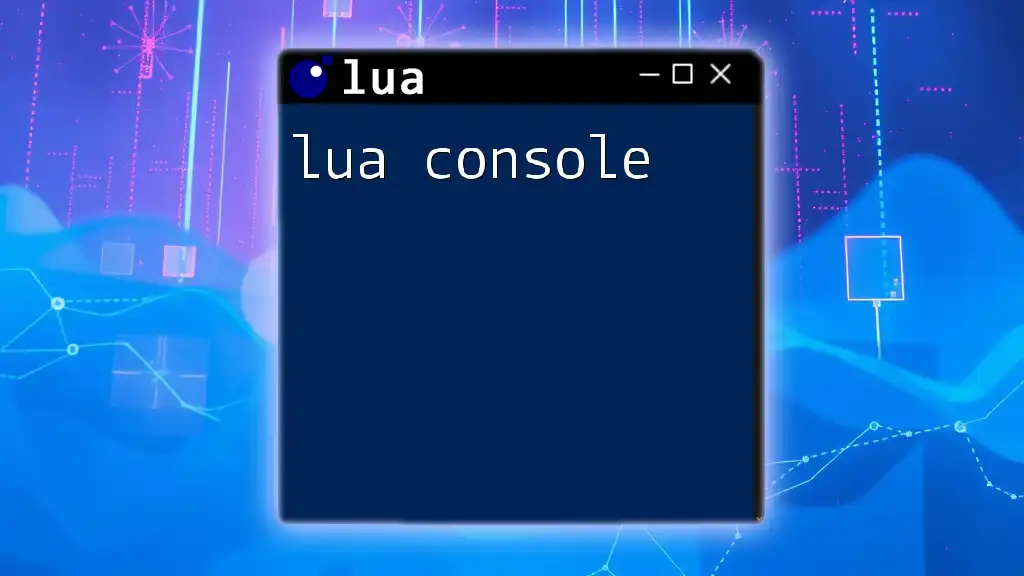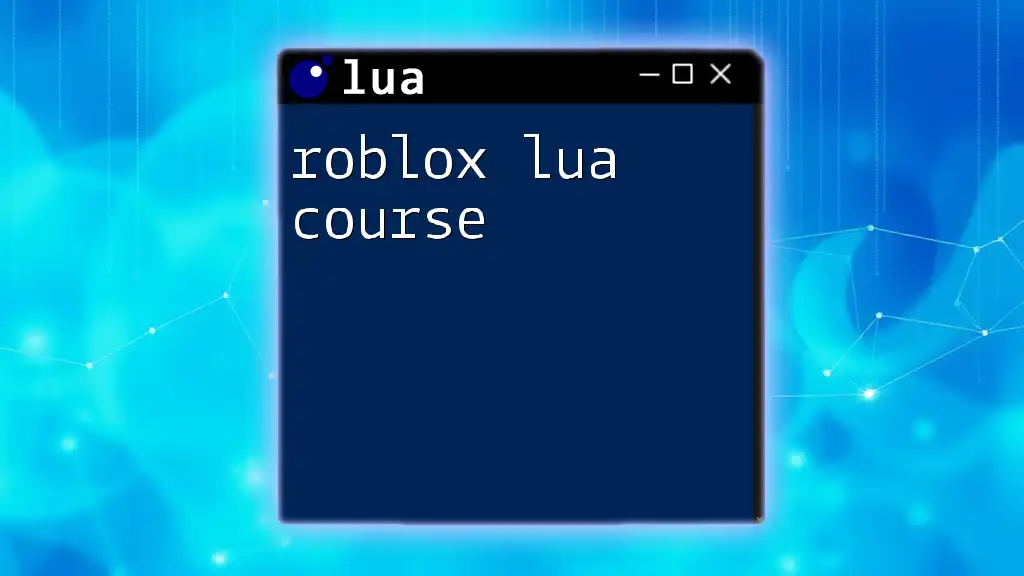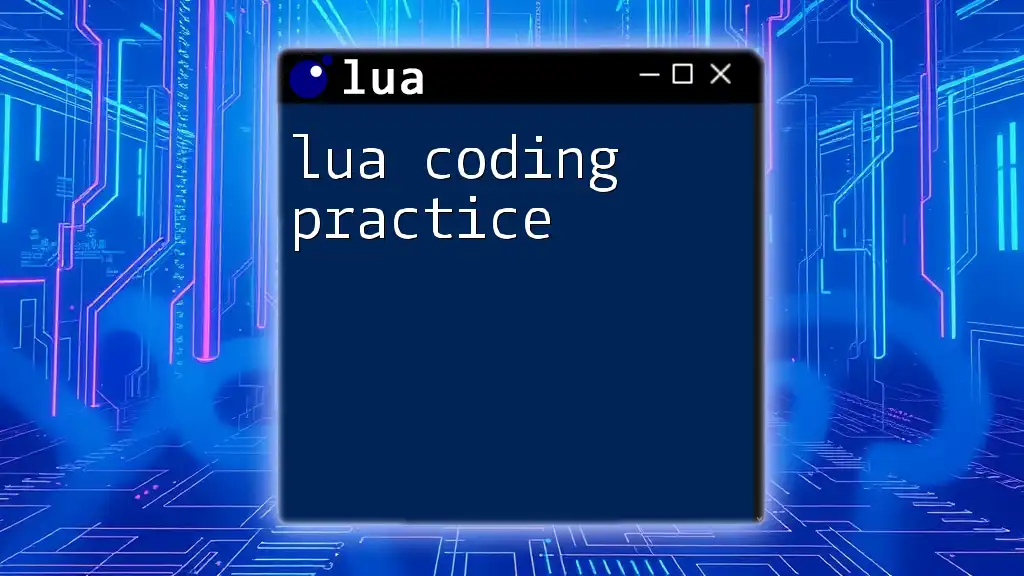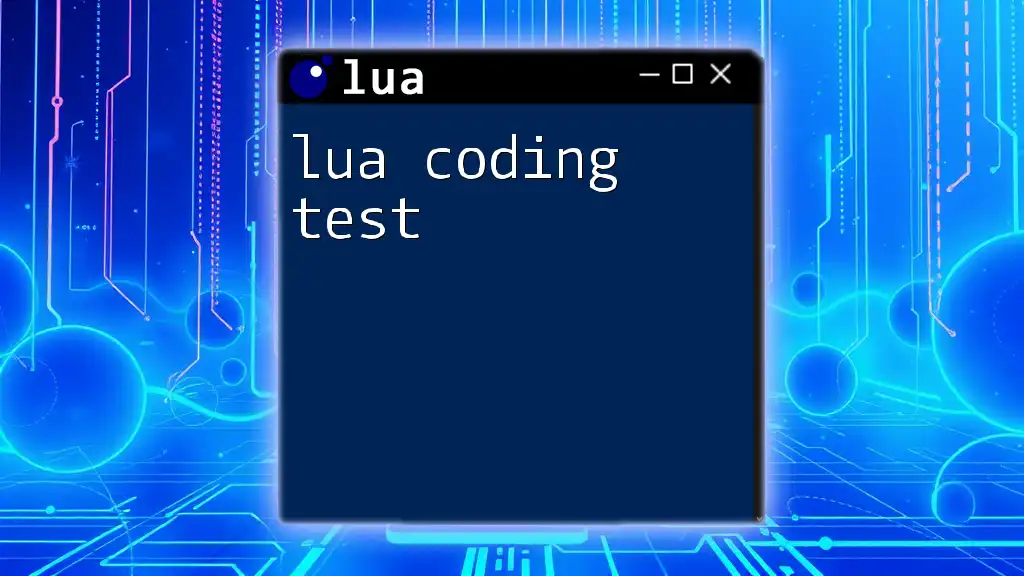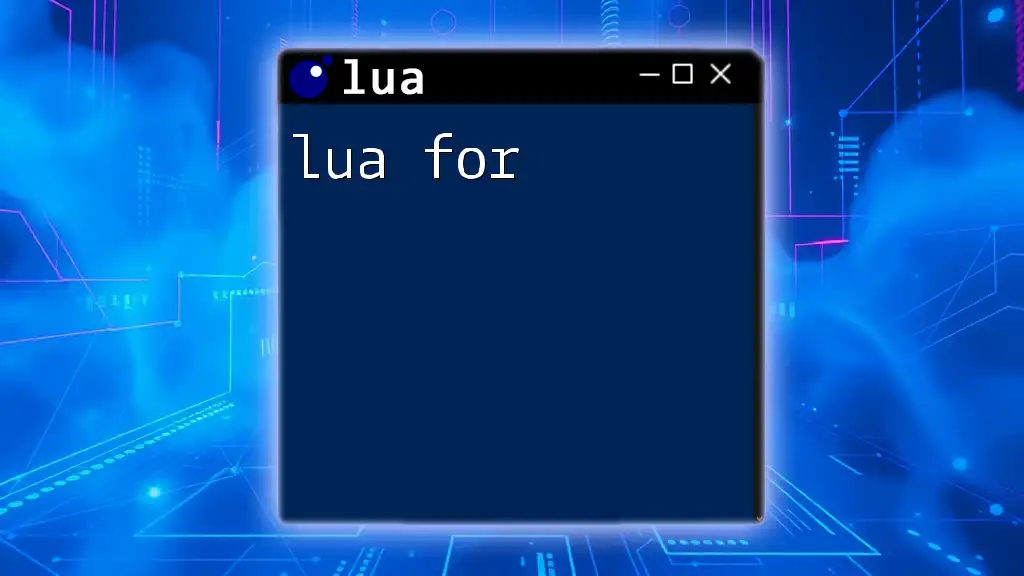Lua coders are individuals who skillfully utilize the lightweight scripting language Lua to create efficient and dynamic applications across various platforms.
Here’s a simple example of a Lua command:
print("Hello, World!")
What is Lua?
Background
Lua was created in the early 1990s at the Pontifical Catholic University of Rio de Janeiro, Brazil. Its development aimed to provide a lightweight, embeddable scripting language that could be adapted for various applications. Over time, Lua has become a favorite among game developers, data analysts, and anyone needing a powerful yet quick scripting solution.
Why Lua stands out lies in its versatility and modest footprint. While other languages require extensive libraries and frameworks, Lua maintains simplicity, making it particularly appealing to beginner and Lua coders and professionals alike.
Key Features of Lua
Lua possesses several features that make it an attractive choice for developers:
-
Lightweight and Fast Execution: Lua's interpreter is designed to be fast, enabling it to be embedded easily into applications without heavy overhead.
-
Easy Integration with Other Languages: Lua can seamlessly communicate with C/C++ and other programming languages, allowing for quick adaptation and flexibility in multi-language projects.
-
Flexible and Extensible Nature: The language’s design allows programmers to extend it with libraries and customize its functionality, making it suitable for a wide range of applications.
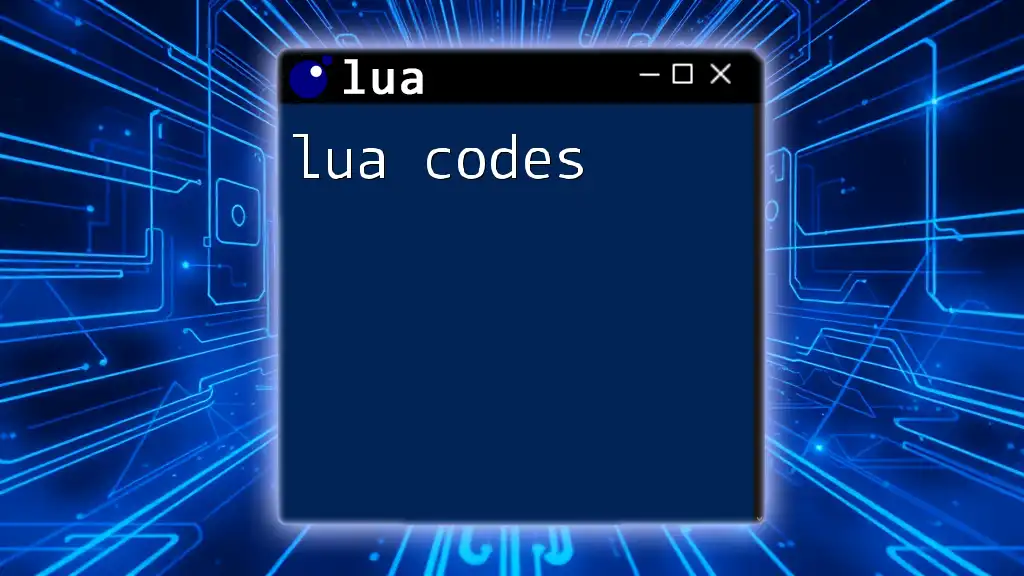
Setting Up Your Lua Environment
Installing Lua
Setting up your Lua environment is straightforward. Depending on your operating system, follow the appropriate installation guide:
- Windows: Download the official binary from the website and run the installer.
- macOS: You can easily install Lua using Homebrew by executing the following command:
brew install lua
- Linux: Most Linux distributions have Lua available in their repositories. For Debian-based systems, use:
sudo apt-get install lua5.3
Recommended IDEs and Tools
Choosing the right Integrated Development Environment (IDE) can significantly enhance your coding experience:
-
ZeroBrane Studio: A customizable and lightweight IDE designed specifically for Lua development, complete with an integrated debugger.
-
Visual Studio Code: With its powerful extensions, this popular editor supports Lua and provides a great coding experience.
-
LuaRocks: The package manager for Lua, which allows you to manage libraries efficiently, making it easy to extend your projects.

Core Lua Concepts for Coders
Basic Syntax
Understanding the basic syntax of Lua is essential for any Lua coder. The language uses straightforward, easy-to-read constructs.
In Lua, comments begin with two dashes (`--`). Here’s a code snippet demonstrating variable declaration, which is central to basic syntax:
-- This is a comment
local name = "LuaCoder"
local age = 25
In this case, `local` denotes a variable with local scope, which is typically recommended for maintaining cleaner code.
Data Types
Lua supports a set of fundamental data types, each with unique characteristics that you'll regularly use as a Lua coder. They include:
- nil: Represents an absent value.
- boolean: Represents true or false.
- number: Represents numeric values (integers and floats).
- string: Textual data enveloped in either single or double quotes.
- table: The key data structure in Lua, functioning like arrays or dictionaries.
- function: First-class citizens in Lua, allowing function manipulation like other types.
Here’s an example showcasing various data types:
local number = 10 -- Number
local isLuaFun = true -- Boolean
local greeting = "Hello" -- String
Control Structures
Control structures form the backbone of decision-making in programming. In Lua, you have several types to manage flow control:
Conditional Statements
You can make decisions in your code using `if`, `elseif`, and `else`. The following snippet illustrates how to evaluate conditions:
if age > 18 then
print("You are an adult.")
else
print("You are a minor.")
end
Loops
Loops allow you to repeat tasks efficiently. Lua has multiple looping mechanisms, including:
- for loop: Used for counting iterations.
- while loop: Continues until a specific condition is false.
- repeat loop: Similar to `while` but guarantees at least one iteration.
This example demonstrates a `for` loop:
for i = 1, 5 do
print("Iteration: " .. i)
end
In this case, the loop will print "Iteration: 1" through "Iteration: 5".
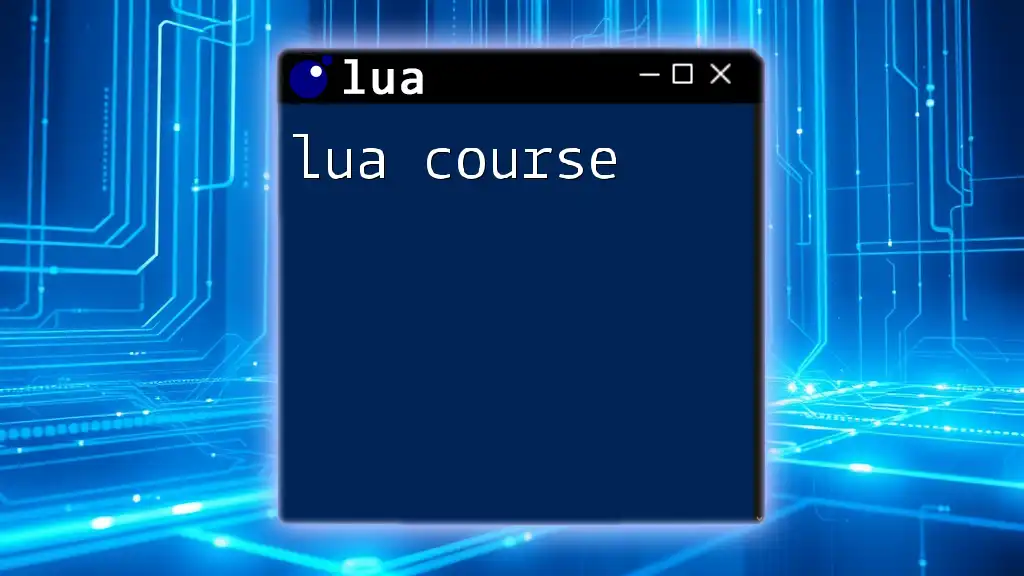
Functions in Lua
Defining Functions
Functions encapsulate reusable blocks of code, enhancing program structure. Here is a simple function definition in Lua:
function greet(name)
return "Hello, " .. name
end
When you call this function with a name argument, it returns a personalized greeting.
Function Scope
Understanding variable scope is critical for writing clean, efficient code. Lua distinguishes between local and global variables. Local variables are confined to the function they are defined in, while global variables are accessible anywhere.
This example demonstrates variable scope:
local function example()
local localVar = "I am local"
globalVar = "I am global" -- Global variable
end
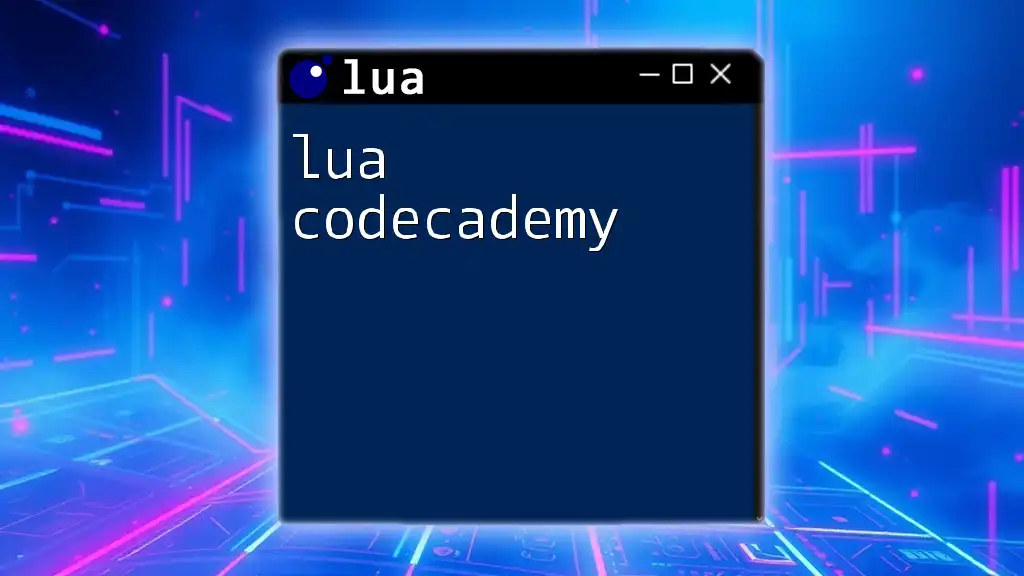
Working with Tables
Understanding Tables
Tables are Lua's primary and versatile data structure. They can hold collections of values, acting like arrays or objects. Here’s how you can create a table:
local fruits = { "apple", "banana", "orange" }
Tables can store key-value pairs, making them suitable for various applications.
Advanced Table Usage
Lua allows for advanced usage of tables, including methods and metatables. You can treat tables like objects, enabling the creation of object-oriented programming practices.
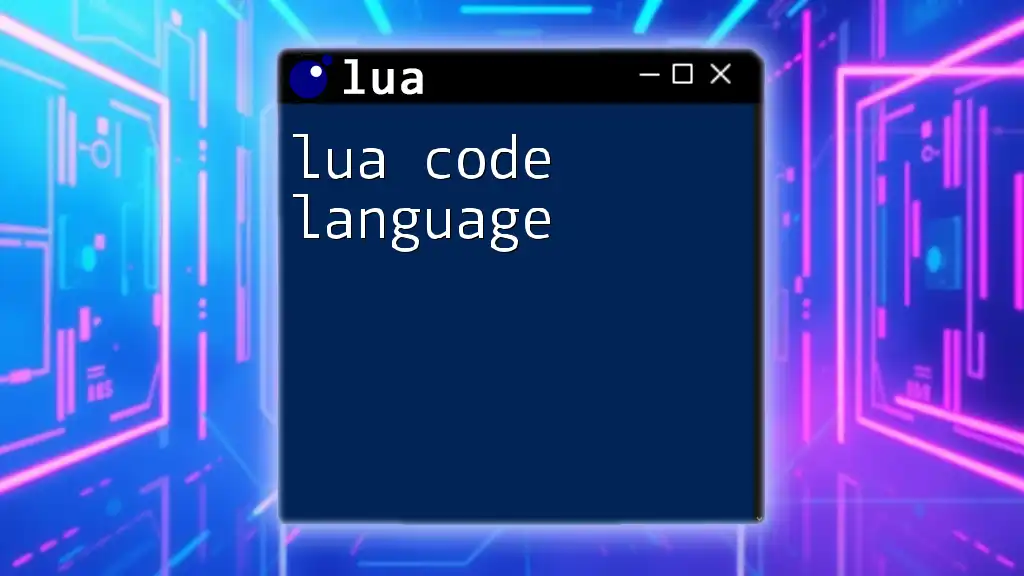
Using Lua Libraries
Overview of Built-in Libraries
Lua has several built-in libraries that provide useful functions for different tasks:
- string: Contains functions for string manipulation.
- math: Offers mathematical functions, such as trigonometric operations.
- table: Provides functionalities for table manipulation.
An example of using the math library:
print(math.sqrt(16)) -- Outputs 4
Installing and Using External Libraries
With LuaRocks, you can manage external libraries easily. Here's how to install a popular library:
luarocks install luafilesystem
This command installs the LuaFileSystem library, enabling file and directory manipulation capabilities in your projects.
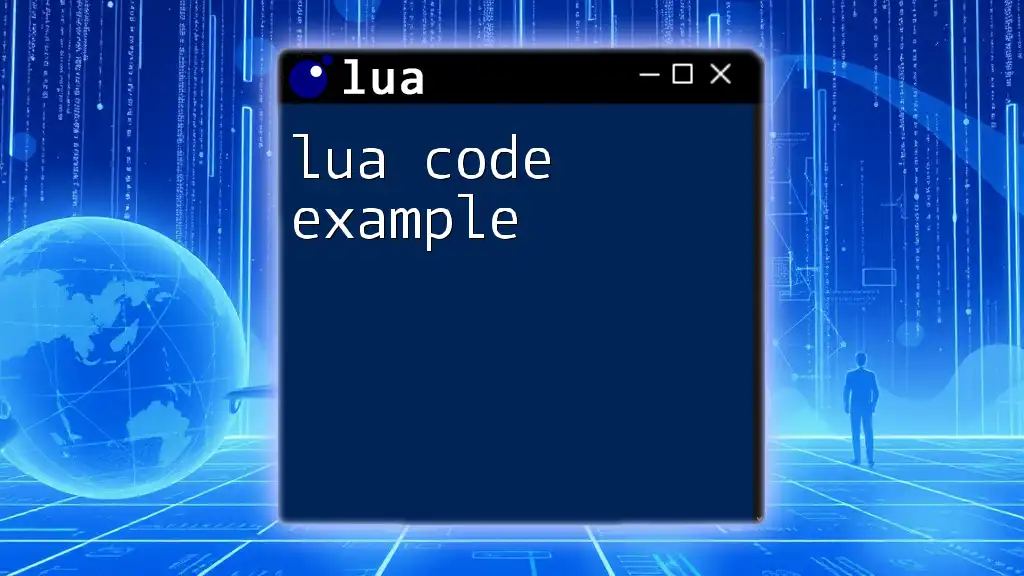
Best Practices for Lua Coders
Code Organization
Organizing your files and functions is crucial for maintainable code. Use clear naming conventions for file names and functions. For larger projects, adopt a modular design by separating code into multiple files and directories.
Documentation and Comments
Effective documentation and comments improve code readability. Comment on complex logic and functions, helping others (and yourself) understand your code better in the future. Here's an example of effective commenting:
-- Function to calculate the area of a rectangle
function calculateArea(length, width)
return length * width
end
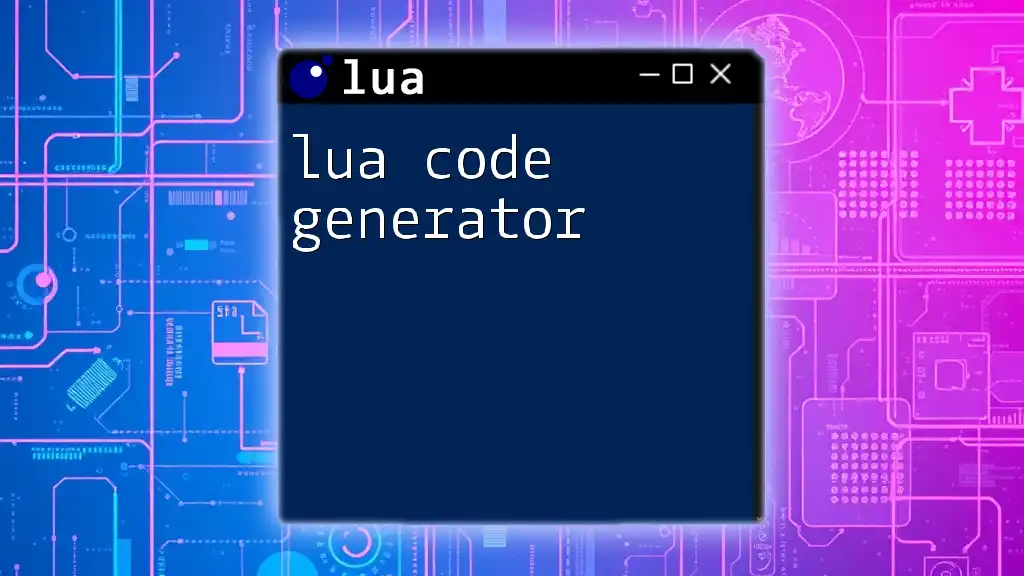
Common Mistakes and Troubleshooting Tips
Frequent Pitfalls for Beginners
New Lua coders often encounter common mistakes. Pay attention to variable scope, improper use of the `local` keyword, and syntax errors. Here's a common mistake:
-- Incorrect: Using a variable before declaring it
print(myVar) -- This will result in an error
How to Debug Effectively
Debugging is an inevitable part of coding. Lua’s `print` function is a simple yet powerful debugging tool. Use it generously to track variable values and execution flow. Alternatively, you can utilize the built-in debug library for more in-depth analysis.

Conclusion
Becoming a proficient Lua coder involves understanding fundamental concepts, leveraging powerful libraries, and adhering to best practices. The simplicity and flexibility of Lua allow you to create various applications swiftly. Continue exploring the ecosystem, and you will find yourself developing efficient, clean, and maintainable code. Join our teaching platform for further learning and resources to take your Lua skills to the next level!
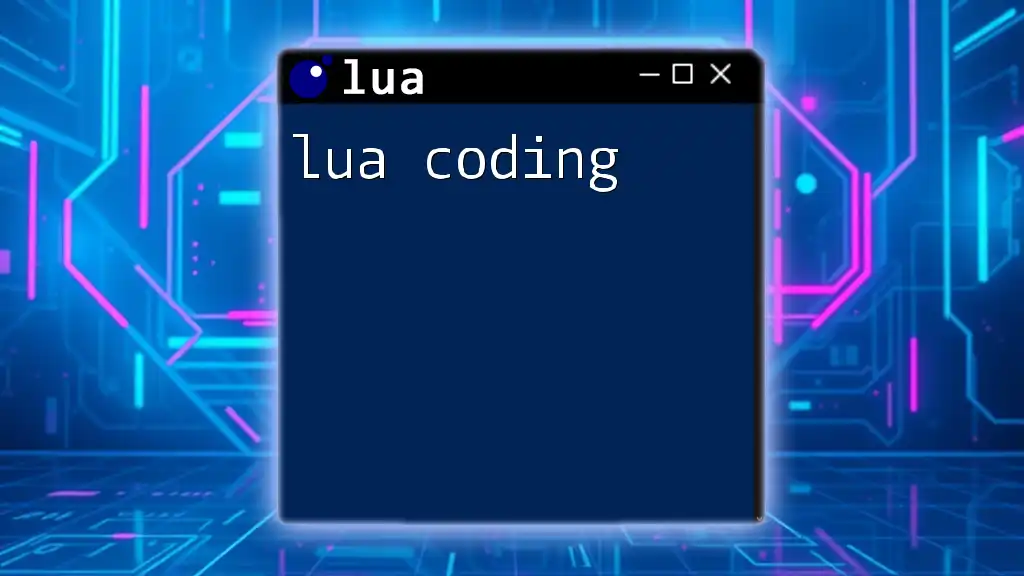
Additional Resources
For your continued journey in mastering Lua, consider exploring the official Lua documentation, reading beginner-friendly books, and joining online forums where you can engage with other Lua coders. Stay curious and keep coding!

